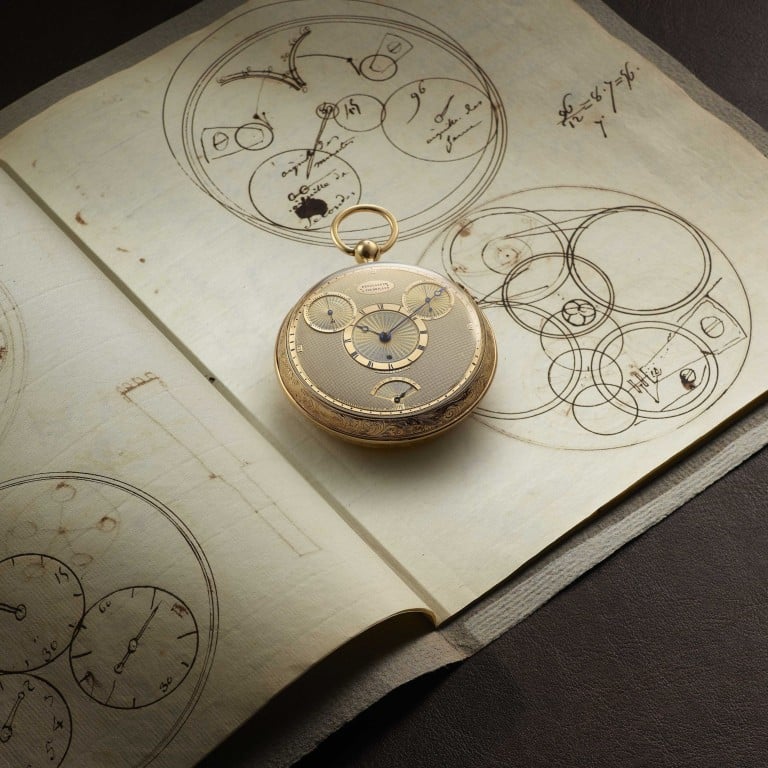Explainer / How does the tourbillon work and how did it revolutionise watchmaking? Invented by Breguet in 1801, Bulgari, Richard Mille and Jaeger-LeCoultre still love it today

- Invented by Abraham-Louis Breguet for Napoleon in 1801, today the complication comes in many forms as luxury watch brands show off their craftsmanship
- Patek Philippe even hid the tourbillon on the back of a certain model, while Jaeger-LeCoultre, Girard-Perregaux and MB&F have tourbillons rotating on multiple axes

The complexity in a tourbillon’s technical construction is part of why it’s such a coveted complication. The tourbillon is composed of four main parts: the cage, balance, balance spring and escapement. The last three elements are all housed within the cage, which rotates through 360 degrees, usually completing a rotation once every 60 seconds.
The construction of these parts is key to its accuracy, but is far from easy. A good tourbillon is usually built by master watchmakers who construct and fine-tune each mechanism by hand. The need for expertise and the substantial time commitment – sometimes to the tune of hundreds of hours – is what accounts for the tourbillon’s rarity and costliness. A more novel approach, however, involves the precise industrialisation of component manufacture. By making each component perfectly uniform, the final tourbillon unit will require less adjustment by a watchmaker. This level of industrialisation is still rare, however, limited to a few brands who invest heavily in their tourbillon production.

Fast forward more than two centuries, and the arms race for accuracy has escalated far beyond what Abraham-Louis could have imagined. Variations on the regular tourbillon abound across the watchmaking world. Richard Mille’s 74-01 and 74-02 models utilise the brand’s in-house automatic tourbillon calibre, sat solidly at 6 o’clock. Then there are flying tourbillons – attached to their cage at only one point – and ultra-thin tourbillons such as that in Bulgari’s Octo Finissimo Tourbillon Chronograph Skeleton Automatic.
In an era when pocket watches were confined to specific horizontal or vertical positions for most of their lives, an ever-rotating escapement was a stroke of genius
The watch brand that Breguet founded has continued to innovate and created the Classique Double Tourbillon, where two mechanisms are mounted on the movement plate, which itself rotates within the watch case once every 12 hours. The output from the two tourbillons is averaged using a differential to determine the speed of the movement plate’s rotation as well as that of the hour and minute hands.
Rather than multiple tourbillons, brands such as Jaeger-LeCoultre, Girard-Perregaux and MB&F have taken a different approach, choosing to have their single mechanisms rotate on multiple axes.